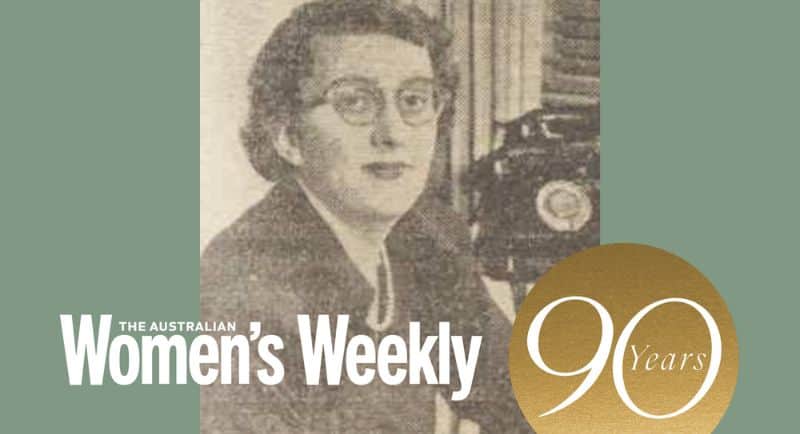The Australian Women’s Weekly, in collaboration with The Walkley Foundation, has created The Australian Women’s Weekly Esme Fenston Fellowship.
The fellowship supports an emerging freelance woman journalist who lives and works in regional Australia, as part of the brand’s 90th birthday celebrations this year.
The fellowship, named after one of The Weekly’s early pioneering editors, aims to encourage regional writers and shine a light on the issues that mean the most to women in rural and regional Australia.
Nicole Byers, The Weekly’s editor-in-chief and Are Media Group publisher, said: “Throughout its 90-year history, The Australian Women’s Weekly has celebrated the lives of women from rural and regional Australia, told their stories of struggle and victory, and supported them through fire, flood and drought. We are delighted to create this important fellowship to support and celebrate regional journalism.”
“The winner will receive a week-long paid mentorship at The Weekly, where they will spend time with our editorial, digital and photographic teams. They will then return home to work towards producing a series of feature-length stories for The Weekly.”
Esme Fenston had an eye for new talent – Ita Buttrose was a copy girl under her stewardship.
Buttrose recalled: “Esme Fenston was not very tall, but she was a giant of an editor. She believed in the common sense of women and among the usual homemaking articles included stories about diplomacy and politics, especially during the Cold War era of the ’50s. Under her editorship The Weekly often led the way.
“She was quiet but direct. Firm but fair, with a delightful sense of humour. I started my career at The Weekly in 1957 when Mrs Fenston was editor and in 1972, when Sir Frank was looking for an editor to create Cleo, she recommended me for the job. I shall always be grateful to her.”
Who was Esme Fenston?
Esme Fenston arrived at The Australian Women’s Weekly in 1938, just five years after its first issue, joining a close-knit team of the finest female journalists of the day, including war correspondent Dorothy Drain, Adele (‘Tilly’) Shelton-Smith and Joyce Bowden.
Fenston came from The Land newspaper, so she was closely attuned to the lives of country women. She was also a crack sub-editor and an observant social commentator. Her 1944 op-ed piece Who Will Do the Housework? predicted social upheaval when men returned from the war and women “wanted to discard the duster and earn pay envelopes of our own”.
In 1950, Fenston was appointed editor of The Weekly. She avoided the limelight but had a canny sense for what readers wanted. She edited the magazine through the massive social upheaval of the postwar 1950s, the sexual revolution of the ’60s, and on to the women’s liberation movement of the early ’70s.
Entries to The Esme Fenston Fellowship close on May 4.
–
Top image: Esme Fenston
